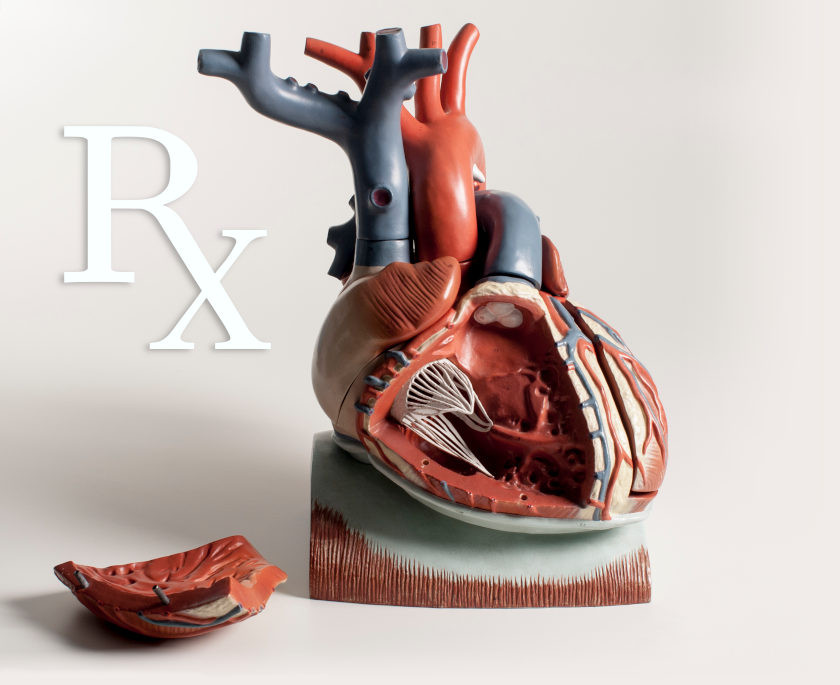Sympathomimetics
General Pharmacology
Sympathomimetic drugs mimic the effects of sympathetic activation on the heart and circulation. Like the sympathetic nerves innervating the heart, sympathomimetics stimulate the heart through activation of beta-adrenoceptors, and sympathomimetics cause vascular smooth muscle contraction and vasoconstriction through activation of alpha-adrenoceptors. Included in the list of sympathomimetic drugs are beta-adrenoceptor agonists and alpha-adrenoceptor agonists. Some sympathomimetics stimulate the release of norepinephrine from sympathetic nerves, in addition to their receptor agonist activities.
Therapeutic Use and Rationale
Therapeutic Use of
Sympathomimetic Drugs
- Heart failure (acute,
decompensated) - Shock
- cardiogenic
- hypovolemic
- septic
Sympathomimetics are used in conditions where it is appropriate to raise blood pressure by stimulating the heart and inducing vasoconstriction. Because long-term use of sympathomimetics is deleterious (see Side Effects and Contraindications), they are used for short-term treatment of refractory heart failure, cardiogenic shock, and hypotension caused by hemorrhage or sepsis.
Drug Classes and General Mechanisms of Action
Many sympathomimetics are catecholamines or analogs of catecholamines that can be divided into two mechanistic classes: 1) alpha-adrenoceptor agonists (α-agonists), and 2) beta-adrenoceptor agonists (β-agonists). It is not uncommon because of their catecholamine structure for there to be both α-agonist and β-agonist properties. A third class of sympathomimetics that affects norepinephrine storage, release, and uptake by sympathetic nerves is not used in cardiovascular drug therapy; however, they are used as research tools (e.g., tyramine, guanethidine) and are also used illicitly (e.g., amphetamine, methamphetamine, cocaine).
Click on the mechanistic class below for more details:
Side Effects and Contraindications
Because these drugs mimic sympathetic adrenergic stimulation, they can produce hypertension, excessive cardiac stimulation, and cardiac arrhythmias. For these reasons, most of these drugs are only used for short-term cardiovascular therapy with clinical supervision and monitoring. Long-term use increases mortality in heart failure patients. These drugs are contraindicated in patients with coronary artery disease because of the risk of precipitating myocardial ischemia and angina due to decreased myocardial oxygen supply/demand ratio. These drugs can also precipitate myocardial infarction and cerebrovascular stroke.
Revised 11/30/2023

 Cardiovascular Physiology Concepts, 3rd edition textbook, Published by Wolters Kluwer (2021)
Cardiovascular Physiology Concepts, 3rd edition textbook, Published by Wolters Kluwer (2021) Normal and Abnormal Blood Pressure, published by Richard E. Klabunde (2013)
Normal and Abnormal Blood Pressure, published by Richard E. Klabunde (2013)